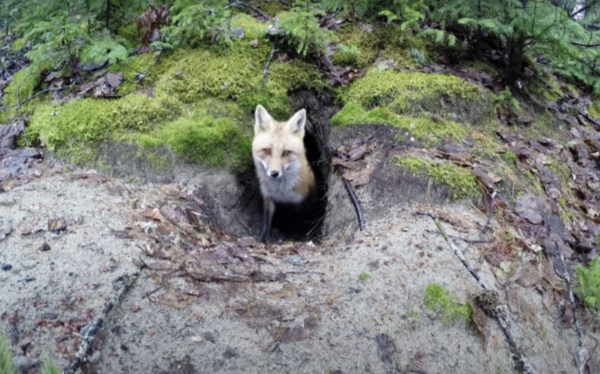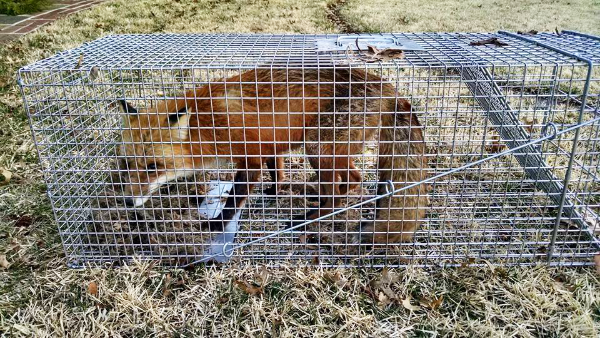DIY Fox Removal
Struggling with a fox problem? Foxes on your property can be quite a nuisance, whether burrowing on your land, invading vegetation, or hunting smaller animals – the small mammals can become an issue for your land or farm. However, there are steps you can take to ensure foxes are removed efficiently and safely.
Identify

The first step is to ensure that you are dealing with a fox so that you can take the necessary precautions moving forward. Identifying fox tracks, feces, burrows, or physically seeing them are all things to analyze when you see tampering on your property. This way you can confidently take the next DIY Fox Removal steps and understand the mammal you are dealing with. Additionally, log where you see fox movement because these will be the locations to target for fox removal practices.
Fence Your Property
Search your property for where the fox is gaining access. Is your property open? Or is there a hole in your fence?
If your property is open it is a good idea to place a fence around your land to avoid fox invasions. Fences should be taller than four feet and expand outward to prevent them from jumping over. If you want extra protection – aside from making a taller fence – barbed wire or an electrical wire can be added at the top.
What if you do not want to put a fence around your property? No problem - fences around areas that are particularly vulnerable (such as chicken coups, animal grazing locations, gardens/vegetation) could suffice, to limit the fox’s exposure on your property.
Seal Garbage
You’ve successfully fenced off where the fox can get in, but you also want to reduce the reasons for them being on your property. As many animals are lured by smells and food, it is possible that your garbage or compost can be adding to their motivations. Ensure that you seal off all garbage or compost on your property, preventing the fox from getting into your trash. With limited exposure to food, the fox will feel more inclined to move elsewhere where this is more readily available.
Find Dens and Burrows

If a fox is on your property, it could have already made itself comfortable with a den or burrow on your land. Search for where these possible hiding spots could be, because you will then know where the fox is located. Burrows can be commonly found in thick vegetation or piles of wood and other highly covered areas. Reduce the ability for them to burrow in these spots by removing or tampering with these locations. Moreover, you can even add lots of light to your property to make them feel more frightened to freely move around your yard.
Trap and Remove

If none of these precautions have moved the fox off your property, the last step to remove a fox is to trap it. It is important to check local laws about trapping foxes in your area, but there are many options for lethal and non-lethal traps available.
For the trap to work, there needs to be no human scent on the trap. Wear gloves to prevent transferring any of your smells onto the trap. Then, it is important to camouflage the trap. Using nearby plants could work perfectly and will blend it in with the surrounding environment, making it look less suspicious.
Do not set the trap initially, but rather let the fox get comfortable with the trap. Leave it unset and place bait or food next to the trap to lure the fox to the area. Once the fox has begun eating around the trap, you can then set the trap and place the bait deep inside the trap.
If it works successfully, take the trapped fox far away from your property and call animal control for support.
Following these procedures correctly will guarantee the removal of the fox from your property. Ease your mind of fox invasion and take all necessary precautions.

